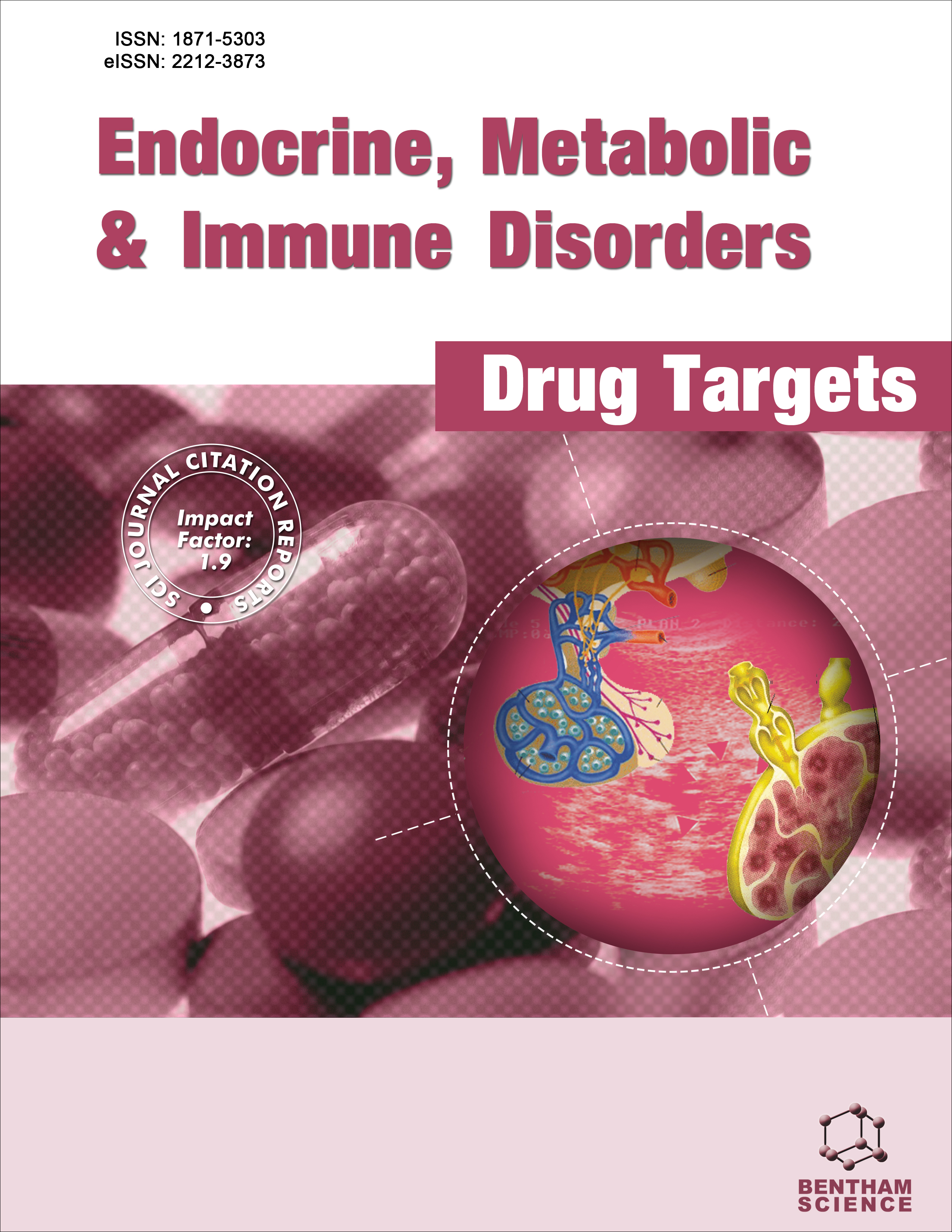-
oa Evaluating the Relationship between Cathepsins and Papillary Thyroid Carcinoma: A Mendelian Randomization Study
- Source: Endocrine, Metabolic & Immune Disorders-Drug Targets, Volume 25, Issue 10, Aug 2025, p. 811 - 819
-
- 26 May 2024
- 19 Aug 2024
- 08 Jan 2025
Abstract
Papillary Thyroid Carcinoma (PTC) is the most common thyroid cancer, with an etiology and progression that are not fully understood. Research suggests a link between cathepsins and PTC, but the causal nature of this link is unclear. This study uses Mendelian Randomization (MR) to investigate if cathepsins causally influence PTC risk.
We applied univariable and multivariable MR analyses using genetic variants as proxies for cathepsin levels. Genetic data for cathepsins were sourced from the INTERVAL study, while PTC data came from the Finnish Genome-Wide Association Study database. Our analysis employed several MR methods, including the Inverse Variance Weighted (IVW) approach, MR-Egger, and the Weighted Median method, to provide comprehensive insights and address possible pleiotropy.
MR findings suggest a significant causal association between higher cathepsin levels and increased PTC risk. Notably, genetic variants indicating higher cathepsin Z expression were positively causal associated with PTC risk (OR:1.1190, 95% CI: 1.0029-1.2486), multivariable analysis confirmed significant carcinogenesis role of cathepsin Z in PTC (OR: 1.1593, 95% CI: 1.0137-1.3258), with results consistent across various tests, indicating a robust relationship.
This study established a causal link between cathepsin levels and PTC risk, emphasizing the roles of cathepsin Z in its progression. These insights could lead to new therapeutic strategies targeting these enzymes. Further research is necessary to understand the underlying biological mechanisms and their clinical implications.


